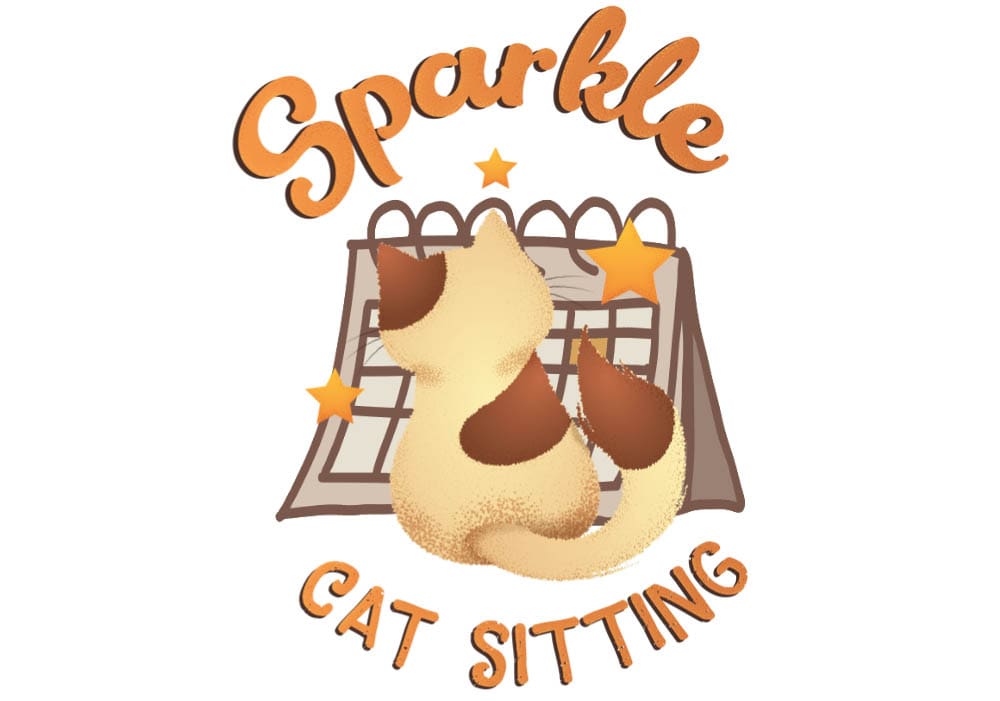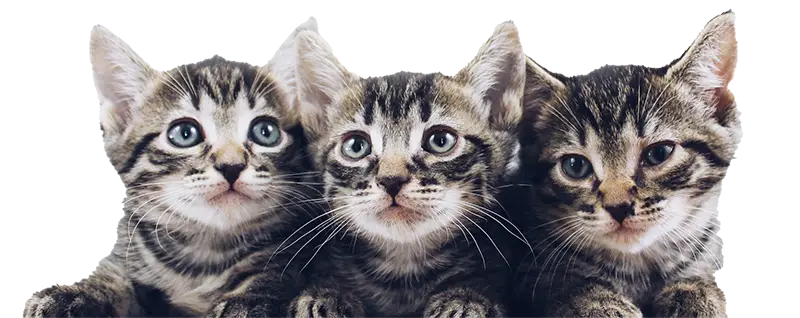


What are some things to look out for if you are wondering if cat is hurting? First and foremost, look for changes in behavior. There are many aspects of cat behavior that can give us a clue to their inner world; Eating patterns, where they sleep, even how they sleep. Sleeping forehead down — aka ”the faceplant”, can be an indication of headaches, dehydration! It can also be a sign of fleas in a dry environment as they go toward moisture in the tear ducts. If they have always enjoyed X and now prefers Y, then that may be a sign of pain. Some cats with pain will be reluctant or unable to jump up to favorite spots, or suddenly change litter box habits, sleeping spots or even their food preferences. Here are seven specific changes that might indicate your cat is in pain:
If kitty suddenly prefers to be left alone, starts to avoid other cats/pets in the household, or seems grumpy or cranky, then something is probably wrong.
Cats are usually very fastidious groomers. If they are suddenly not keeping themselves clean, this can be a sign of pain. Similarly, if they are overly focusing on one spot (known as overgrooming), this may also indicate an area of pain.
Painful cats may be very restless, or they may hunker down—sometimes in an unusual posture—and choose not to move much.
Sometimes the signs may be as subtle as sleeping more than usual, sleeping in only one position or changing the normal sleeping position. Think about how we sleep (or don’t!) when we have a painful joint. Cats will “favor” a part of the body or side of the body the same way—sleeping on the right side if the left hip hurts and so on.
At times, they may have no interest in food or water, although this is not as common as other species such as dogs. Many cats in pain continue to eat, although perhaps in a reduced fashion.
An odd reaction by some cats is a nonstop purr—not the happy purr in response to attention, but almost a purr to themselves saying, “It’s OK. It will be OK.”
Some more obvious signs include growling, hissing, swatting when being touched or handled, or completely avoiding contact by isolating themselves.
So, what causes pain in cats? We know for a fact that cats experience pain, and in fact, their response is very similar to humans. If it hurts us, it probably hurts them, too. Much like us, causes of pain can be divided into two groups, acute and chronic pain.
Acute is usually easier to recognize, and fits with our mental “template” of pain. It is a sudden onset pain, such as:
Chronic pain is much more difficult to recognize and diagnose. This pain tends to come on slowly and over time—but can be just as crippling. Because of the slow, steady onset, cats have time to adjust to their discomfort, and the signs slowly progress over time. Often, owners tend to discount the symptoms as “normal” or “just aging.”
Chronic pain includes causes, such as arthritis, some types of cancers, long term inflammatory problems such as pancreatitis or interstitial cystitis (a specific type of bladder disease), or some types of trauma which have long lasting effects.
Chronic pain is more subtle, but just as real, as acute pain.
Pain is real, and must be addressed no matter how subtle the signs are. Cats hiding pain still hurt, and deserve appropriate pain relief. If your arthritic knee needs pain medication, so does theirs.
When in doubt, it is always better to consult your veterinarian and address potential pain rather than ignore it. What is the one thing most of us tell our loved ones? No matter what else happens, please make sure I’m not in pain. Our kitties need to rely on us to make those decisions. Just because your cat doesn’t cry out, or overtly say that they hurt, it does NOT mean that they aren’t in pain—rather, it likely means that they are doing what cats do: suffering in silence.
DO NOT give pain medications designed for humans or dogs to cats. Cats process drugs very differently from other species. ALWAYS consult your veterinarian for an appropriate pain therapy plan.

